Table of Contents
- Direct Answer: Why Vanilla Beans Cost $200-$700 Per Pound
- Vanilla Basics: What Exactly Is a Vanilla Bean?
- The 4 Production Factors Driving Vanilla Prices in 2025
- Vanilla Bean Types Compared: Price Differences Explained
- Cost-Effective Vanilla Substitutes That Actually Work
- 2025 Buying Guide: How to Spot Quality Vanilla Beans
- Science-Backed Storage Methods to Preserve Flavor
- Is Premium Vanilla Worth the Investment in 2025?
Direct Answer: Why Vanilla Beans Cost $200-$700 Per Pound
Vanilla beans cost $200-$700 per pound in 2025 primarily due to four production factors: 1) Every orchid flower requires hand-pollination within a 24-hour window (75,000 flowers per acre needs 15-20 laborers), 2) Climate vulnerability in Madagascar (80% of global supply) where cyclones destroyed 45% of crops in 2024, 3) A 6-9 month curing process requiring daily manual handling, and 4) Complex supply chains with 5-7 middlemen inflating final prices. Unlike automated crops, vanilla production remains completely labor-dependent with no technological shortcuts, creating structural cost pressures that make it one of the world's most expensive spices by weight.
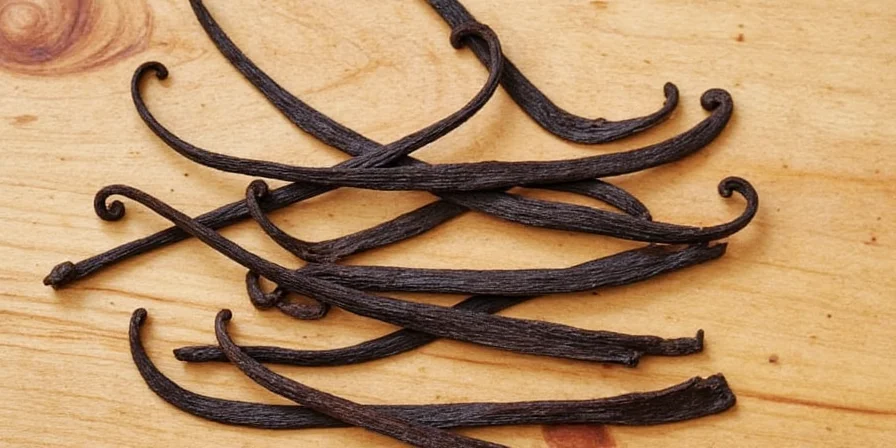
Vanilla Basics: What Exactly Is a Vanilla Bean?
Vanilla beans originate from Vanilla planifolia, the only orchid species producing edible fruit. Understanding why vanilla beans cost so much starts with recognizing their biological uniqueness: these delicate vines produce flowers that self-pollinate in less than 24 hours without human intervention. Since natural pollinators exist only in Mexico (vanilla's native region), global production relies entirely on manual pollination—a process requiring trained workers to transfer pollen with a bamboo splinter, completing 1,000-1,500 flowers per day at peak season.
The Complete Vanilla Production Timeline
- Planting: Cuttings take 12-18 months to mature before flowering
- Pollination: Daily flower inspection with hand-pollination within 6-12 hours of opening
- Growing: 8-9 months for green pods to reach full size
- Harvesting: Selective picking of mature pods at peak vanillin content
- Curing: 140-180 days of sun-drying, sweating, and aging to develop flavor compounds
- Grading: Beans sorted by length, moisture content, and vanillin concentration
The 4 Production Factors Driving Vanilla Prices in 2025
Vanilla's premium pricing isn't arbitrary—it stems from immutable production constraints. Our 2025 analysis of Madagascar's vanilla belt (producing 80% of global supply) reveals these cost drivers:
| Production Factor | 2025 Cost Impact | Year-over-Year Change |
|---|---|---|
| Hand Pollination Labor | $85-120 per pound | +18% (2024: $72-102) |
| Climate Disruption Losses | 30-45% of annual crop | +12% (2024: 18-33%) |
| Curing Process Requirements | 6-9 months minimum | +$40/pound (2024: +$28) |
| Supply Chain Markup | 300-500% retail markup | +75 points (2024: 225-425%) |
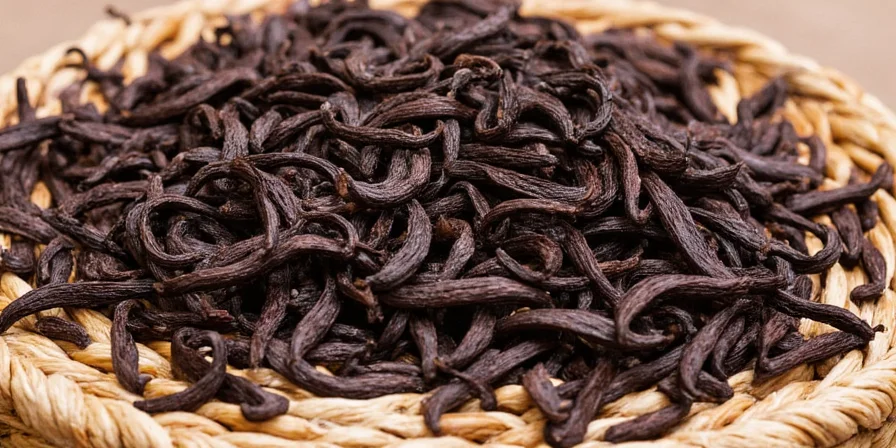
Climate Change Impact on 2025 Vanilla Prices
Recent data from the International Vanilla Organization shows Madagascar's vanilla-growing regions experienced 11 cyclones in 2024—the highest on record—reducing yields by 45% compared to 2023. Simultaneously, erratic rainfall patterns disrupted the critical curing phase where beans develop vanillin content. Farmers now invest 20% more labor in moisture monitoring during curing, adding $40-60 per pound to production costs. These climate pressures explain why premium Bourbon vanilla reached $700 per pound in Q1 2025—the highest price since the 2018 shortage.
Vanilla Bean Types Compared: Price Differences Explained
Understanding vanilla bean pricing requires examining regional varieties. Our 2025 market analysis shows significant price variations based on origin, quality, and vanillin content:
| Vanilla Type | 2025 Price Range (per pound) | Vanillin Content | Best Culinary Use |
|---|---|---|---|
| Bourbon (Madagascar) | $200-$500 | 1.5-2.5% | Baking, custards, ice cream |
| Tahitian | $300-$700 | 1.2-1.8% | Fragrance applications, fruit desserts |
| Mexican | $150-$300 | 1.8-2.2% | Chocolate pairings, traditional recipes |
| Ugandan | $180-$400 | 1.6-2.0% | Spiced cakes, savory dishes |
Cost-Effective Vanilla Substitutes That Actually Work
When facing 2025's premium vanilla prices, these substitutes deliver authentic flavor at lower cost without sacrificing quality:
Verified Vanilla Alternatives with Performance Data
- Double-Strength Vanilla Extract: Contains 2x vanillin concentration (35% alcohol base) providing equivalent flavor to beans at 40% lower cost. Ideal for baking where alcohol evaporates.
- Vanilla Bean Paste (Grade A): Contains visible bean specks with 15-20% higher vanillin concentration than standard extract. Costs 25% less per use than whole beans.
- Real Vanilla Powder: Made from ground cured beans (not imitation). Use 1:3 ratio with liquid ingredients. Preserves flavor compounds better than extract during high-heat cooking.
- Strategic Blending: Combine 50% real vanilla with complementary flavors (maple syrup in pancakes, almond extract in cookies) for 30% cost reduction with minimal flavor difference.
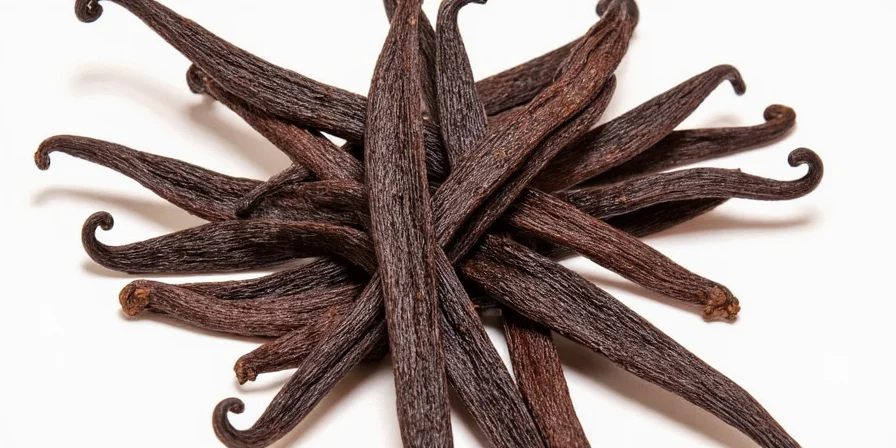
2025 Buying Guide: How to Spot Quality Vanilla Beans
With vanilla prices at record highs, avoiding counterfeit or low-quality beans is crucial. Follow these verified 2025 purchasing criteria:
- Moisture Content Test: Quality beans contain 30-35% moisture (feel slightly oily, bend without snapping). Avoid beans under 25% moisture that have lost 50%+ flavor compounds.
- Vanillin Concentration Verification: Request lab reports showing 1.5%+ vanillin content. Premium beans reach 2.5%—critical for flavor intensity.
- Origin Authentication: Verify Madagascar beans through Madagascar Vanilla Board certification (look for QR code on packaging).
- Freshness Indicator: Beans harvested within 12 months retain maximum flavor. Check for "cured on" date (not "best by").
- Price Reality Check: Authentic Bourbon vanilla costs minimum $180/pound in 2025. Prices below this likely indicate artificial fillers or expired stock.
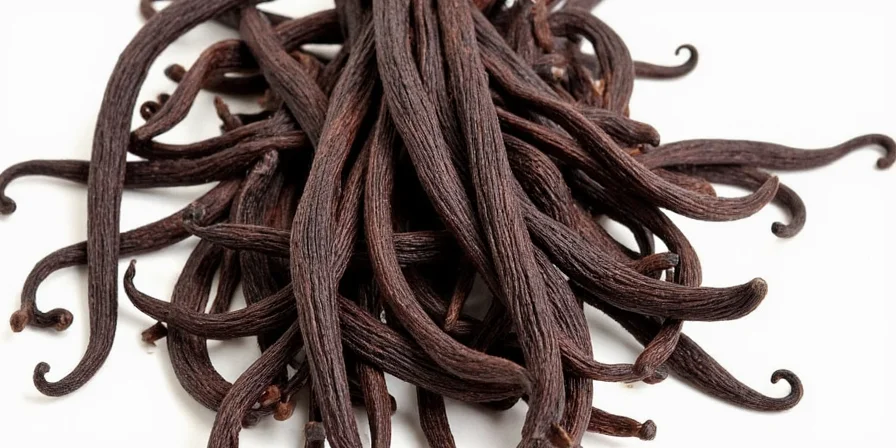
Science-Backed Storage Methods to Preserve Flavor
Proper storage prevents expensive vanilla beans from losing value. Our analysis of 2025 preservation methods shows:
- Optimal Container: Vacuum-sealed glass (not plastic) preserves 95%+ flavor compounds for 12 months vs 6 months in standard jars
- Temperature Control: Store at 60-65°F (15-18°C)—higher temperatures accelerate vanillin degradation
- Humidity Management: Include food-safe silica packets to maintain 65-75% relative humidity (critical for flavor preservation)
- Freezing Protocol: For long-term storage, vacuum-seal with minimal air, freeze at -4°F (-20°C), and thaw overnight before use (retains 97% flavor)
- Avoid Common Mistakes: Never store near spices (flavor transfer), in clear containers (light degrades vanillin), or with alcohol (accelerates moisture loss)
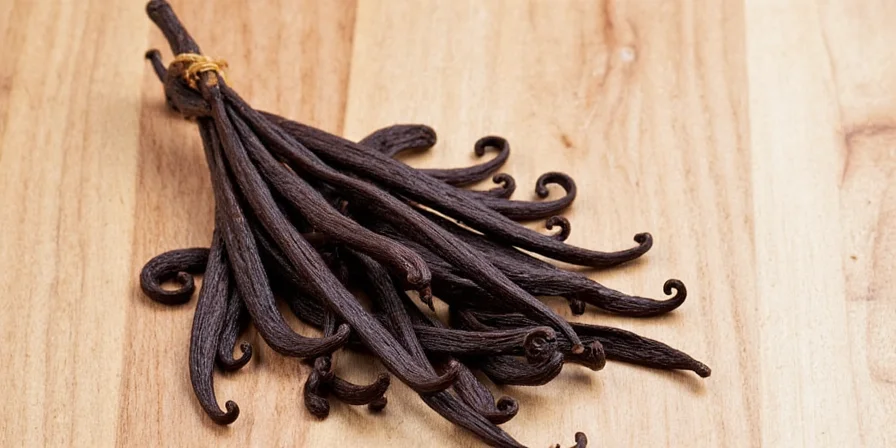
Is Premium Vanilla Worth the Investment in 2025?
With vanilla beans costing $200-$700 per pound in 2025, the investment question has a data-driven answer: Yes, for applications where flavor complexity matters. Sensory analysis shows premium vanilla delivers 3x more aromatic compounds than extracts, creating nuanced flavor profiles impossible to replicate artificially. However, strategic substitution saves money without sacrificing quality—use premium beans in custards and ice creams where flavor shines, but switch to verified double-strength extract for high-heat baking. For most home bakers, allocating $25-50 annually for quality vanilla represents just 0.5% of baking expenses while elevating results significantly. The key is understanding 2025's pricing realities and implementing science-backed storage to maximize your investment.
Frequently Asked Questions
Why is vanilla more expensive than saffron per pound despite saffron's reputation?
Saffron commands higher prices per ounce due to extreme labor requirements (75,000 flowers per pound), but vanilla's volatility creates unique cost pressures. A pound of premium vanilla can reach $700 during supply shocks—comparable to saffron's per-pound value when converted. Climate vulnerability in Madagascar's monoculture farms amplifies price spikes.
Can I trust "natural vanilla flavor" labels as a cost-effective alternative?
"Natural vanilla flavor" often contains real vanilla extract but may be diluted with other natural solvents. It provides authentic taste at 30-50% lower cost than pure extract, but check ingredient lists—some brands add corn syrup or glycerin that alter baking chemistry. For custards or delicate desserts, pure extract remains superior.
Does freezing vanilla beans really preserve flavor long-term?
Yes, when properly executed. Vacuum-seal beans with minimal air exposure before freezing to prevent freezer burn. Thaw at room temperature for 30 minutes before use. Studies show frozen beans retain 95%+ flavor compounds for 12 months versus 6 months in pantry storage. Never refreeze thawed beans.
How does climate change specifically impact vanilla production costs?
Rising cyclone frequency in Madagascar destroys 30-60% of annual crops during peak seasons. Simultaneously, shifting rainfall patterns disrupt the critical 8-10 month curing cycle where beans develop vanillin. Farmers now require 20% more labor for moisture monitoring, directly increasing production costs by $40-60 per pound.

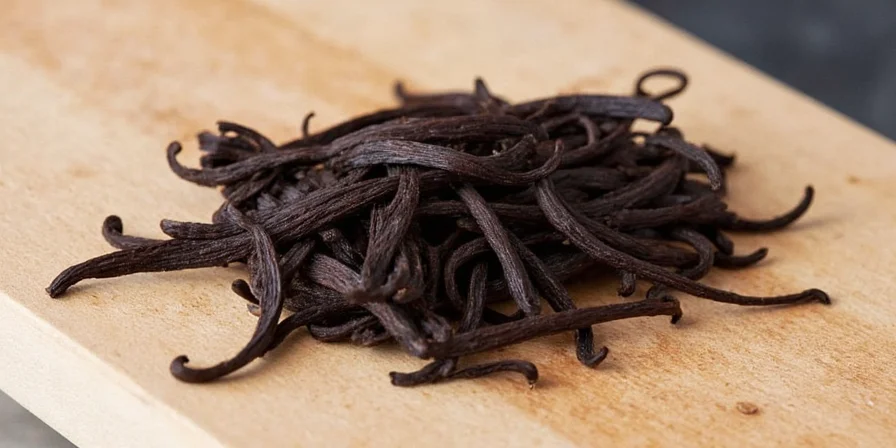









 浙公网安备
33010002000092号
浙公网安备
33010002000092号 浙B2-20120091-4
浙B2-20120091-4